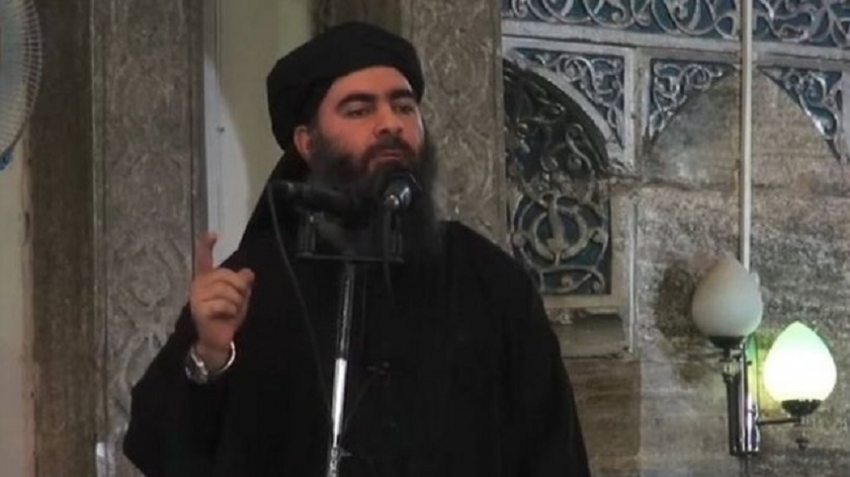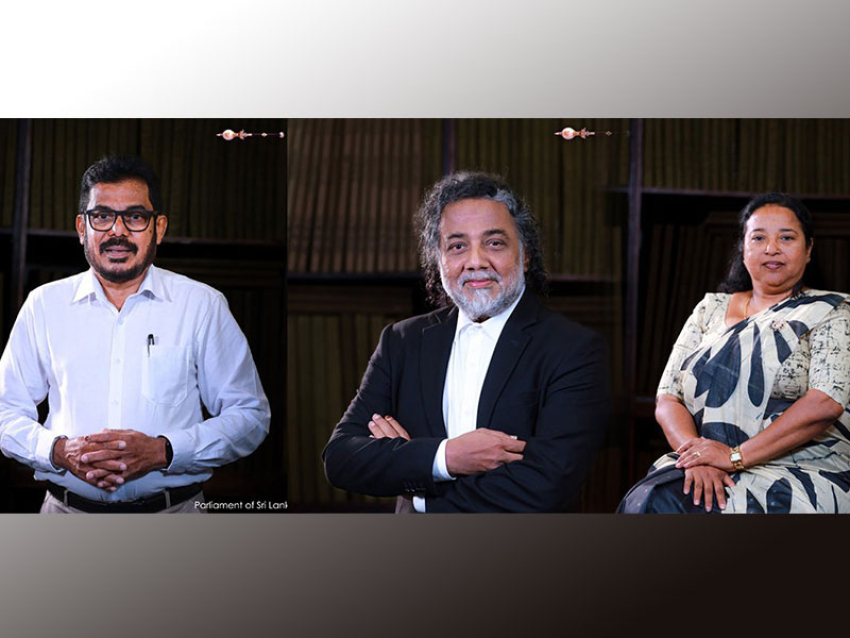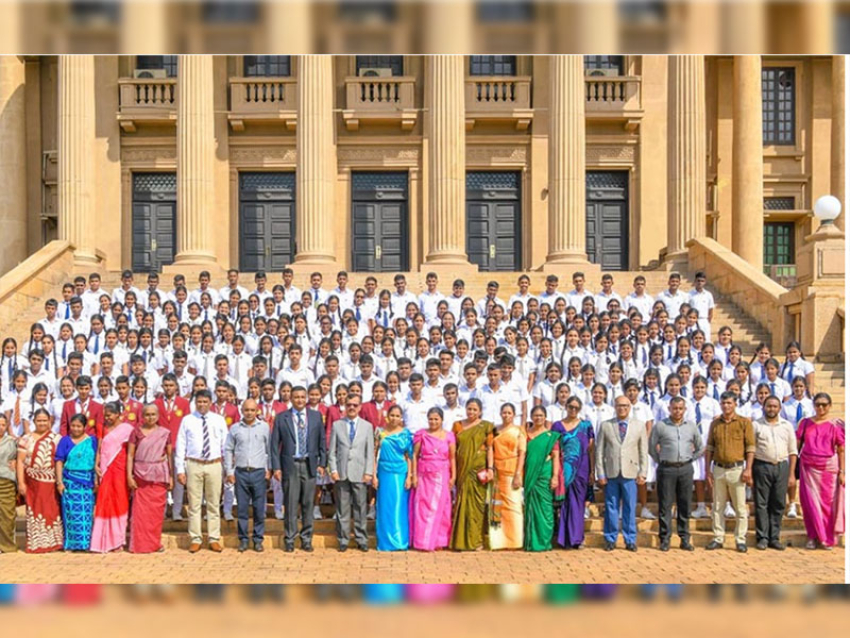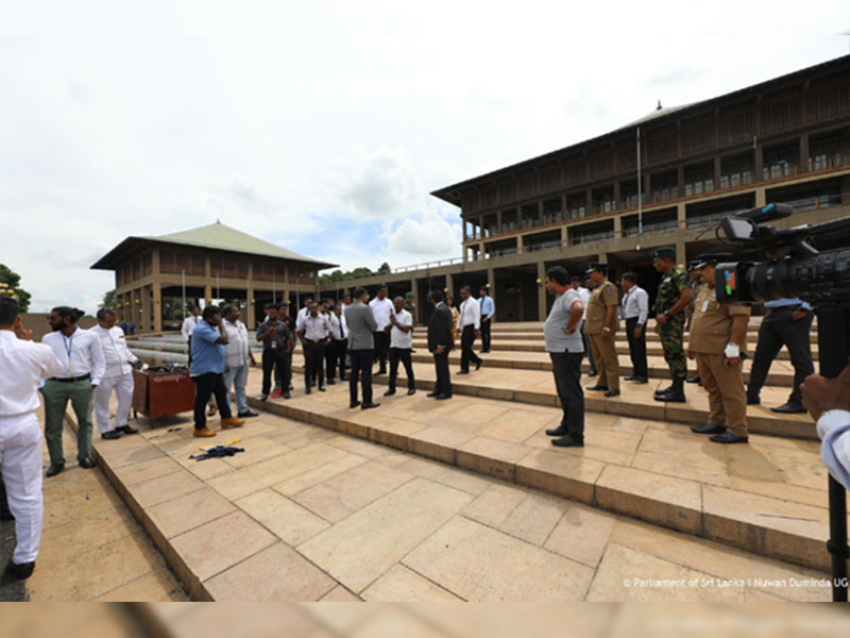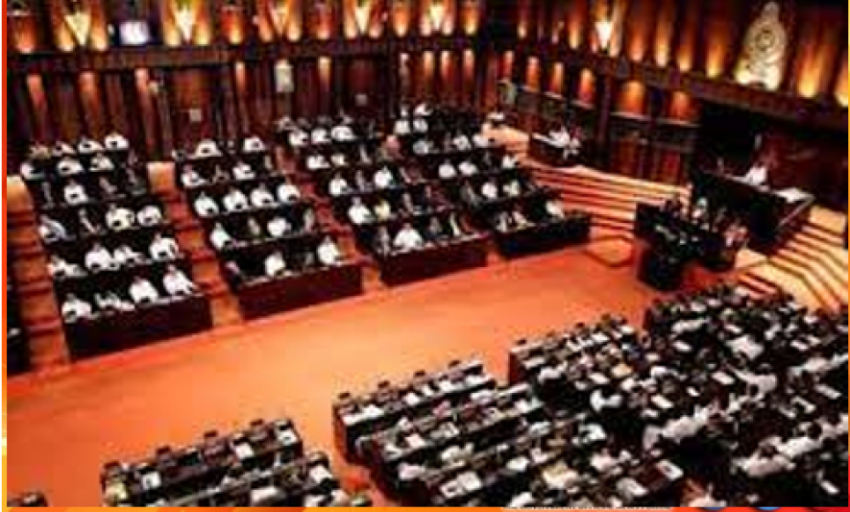Under the leadership of Abu Bakr al-Baghdadi, the ultra-violent jihadist group Islamic State (IS) evolved from a gang of insurgents to the most formidable and feared militant group in the world, expanding across continents from Africa to Australasia. Now that its chief has been killed, IS will find a way to adapt.
What remains of the IS leadership will have long planned for this day.Baghdadi announced the creation of a "caliphate" from Mosul in 2014 The group will want to demonstrate its resilience and signal to its followers that it has not been knocked off balance by the loss of such a well-known figure.A Shura committee of senior figures - all male - will have already considered a number of candidates.Prerequisites for the role will be an unquestionable loyalty to IS, a proven ability to plan strategically and, preferably, impeccable religious credentials, some battlefield experience and perhaps also a reputation for meting out harsh punishments.IS has always been a bizarre fusion of ultra-conservative jihadists with former members of the late Iraqi President Saddam Hussein's military and intelligence apparatus, known as Baathists.The Baathists provided the weapons, the explosives, the intelligence and the planning - nobody knew Iraq better than them - while the jihadists brought the fanaticism and the volunteer suicide bombers.Baghdadi's successor will likely be someone with well-established links with both sides of this equation.
When jihadists around the world pledged allegiance to IS they invariably pledged allegiance to him personally, referring to him as "Caliph Ibrahim".While he only appeared twice in videos, he was able to cloak himself with a sheen of religious authority.He claimed direct descent from the Prophet Muhammad's Quraishi tribe and delivered his announcement of a "caliphate" from inside Mosul's Great Mosque, which he later ordered to be blown up.The fact that Baghdadi was a serial rapist, forcing himself on, among others, the captured American aid worker Kayla Mueller, and presiding over the mass enslavement of Yazidi women and underage girls, does not seem to have troubled his followers at all.The most likely targets will be in Iraq and Syria, where access to weapons, explosives and suicidal volunteers is easiest to come by.
Mr Trump called Abu Bakr al-Baghdadi a "brutal killer"But ever since IS lost its last piece of territory at Baghuz in Syria, it has been vowing to continue its attacks in what it calls "a war of attrition".Europe, the US, North African, Gulf Arab and Asian countries are all in the sights of IS.Even so-called "lone wolf" attacks, carried out by solitary individuals far from the Middle East and radicalised over the internet, are likely to be claimed by IS as payback for the death of Baghdadi.France, which has long been close to the top of the IS target list in Europe, has warned its citizens to be on their guard.Much as IS would like to stage a spectacular, mass-casualty attack, its leadership knows that the more elaborate the plan, the greater the chance of it being discovered by security services.So in the immediate future it is most likely to opt for low-tech, simple attacks with relatively little preparation.
Under Baghdadi's guidance, and helped by the connections he made with other jihadists while incarcerated in the US-run detention centre at Camp Bucca, IS grew out of the largely beaten remnants of al-Qaeda in Iraq.IS split away from al-Qaeda in 2016.They disagreed on several points, notably the use by IS of extreme, sadistic violence - which al-Qaeda correctly argued was putting off the vast majority of Muslim opinion.
Al-Qaeda hoped to win over that opinion; IS didn't care. It was happy to recruit misfits, psychopaths and paedophiles, people attracted by its violence and its cruelty.IS already has a geographically distributed franchise around the world and that is not going to disappear overnight with Baghdadi's demise.If anything, his successor will now be looking to rebuild and expand the organisation. Outside its core area of Iraq and Syria, IS has concentrations of followers, each calling themselves a wilaya (province), in Afghanistan, Libya, West Africa, South Asia, the Philippines and South-East Asia.A video appearing to show the IS leader was released earlier this year They are primarily involved in local or regional grievances, but during the years that it held down a physical territory IS was able to attract recruits from dozens of countries, laying the groundwork for a dispersed network of extremists that exists today.One question that will be troubling intelligence chiefs around the world is just why Baghdadi had sought refuge in Idlib, in the north-west corner of Syria where rival al-Qaeda-linked groups are dominant (al-Qaeda and IS have been fighting each other in Syria).
Baghdadi's hideout was flattened by the US after he was killed
Was it simply because he hoped that was the last place his enemies would expect to find him? Or, was it, more worryingly, because he was hoping to reach out to his rivals and form an even more deadly alliance of convenience?The answers may not transpire for some time but the clues may well be in the haul of intelligence that US Delta Force commandos spent two hours retrieving from the ruins of Baghdadi's final hiding place.
What his death means for IS in Syria
A video appearing to show the IS group leader was released earlier this year
The death of Islamic State (IS) group leader Abu Bakr al-Baghdadi in a US military raid has been announced with great fanfare by President Donald Trump. Dr Lina Khatib, director of the Middle East programme at the international relations think-tank Chatham House, explains what is likely to happen next.
The killing of Abu Bakr al-Baghdadi does not mean the automatic end of IS. But the immediate future of IS depends more on local dynamics in Syria than on whether it still has a leader or not.
Baghdadi was a powerful tool for IS, especially at a time when the organisation was planning to establish a so-called state. Considering that there could not be a caliphate without a caliph, IS put Baghdadi in the public eye to give its supporters around the world an identifiable figurehead.
Despite the military defeat of IS in Syria and Iraq, its supporters still saw in the presence of Baghdadi hope of restoring the caliphate one day. His statements mobilised sympathisers, even if only rhetorically, as noted by journalists and aid workers who interviewed the wives and widows of IS fighters in al-Hol camp inside Syria.
Who was Baghdadi?
IS: The long and short story
'Caliphate' defeated but IS remains a threat
In the run-up to the Turkish invasion of northern Syria, the military capacity of IS had been greatly reduced but the organisation was still active. Sleeper cells would conduct opportunistic attacks in the north-east, mainly against civilians.
Some miles away westwards, in the huge Sokhna desert near Homs, east of Palmyra, IS fighters would sporadically attack Syrian army and Russian targets. In the north-west, many former IS fighters had joined one of the jihadist groups in the region rather than remaining under the IS banner. The group closest to IS in Idlib is al-Qaeda affiliate Hurras al-Din, which despite being militarily active is limited in numbers and popularity among local residents.
The nucleus of IS activity in Syria is the greater region of Deir al-Zour in the north-east, particularly the areas extending south of Bosaira towards Diban. The Syrian Democratic Forces (SDF) control the area but have struggled to gain acceptance there because the SDF is Kurdish-dominated while the area is populated by Arab tribes that reject not only the SDF but also the Syrian army and Iran-backed militias who are present in surrounding towns. Those tribes have recently been staging demonstrations against the Syrian regime and Iran.
Before the Turkish invasion of northern Syria, tensions between the tribes in Deir al-Zour and the SDF were regularly followed by an increase in IS activity. A few months ago, an SDF checkpoint shot at an Arab passerby. For the following two weeks, there was an increase in sleeper cell attacks in the Deir al-Zour area, facilitated by some members of Arab tribes. This pattern of tension followed by an increase in IS attacks continues, though the attacks are mainly based on improvised explosive devices (IEDs) and are limited in scale.
Since the Turkish invasion, IS has tried to take advantage of the decrease in the SDF presence in Deir al-Zour as SDF leaders left to go to the front lines to confront Turkey. This has also resulted in an increase in IS activity. However, it has not attempted to retake geographical areas. This, coupled with the use of IEDS, signals that its military capacity is greatly reduced. The presence of the anti-IS international coalition in Deir al-Zour - to protect the oilfields there, according to the US administration - has also been a significant deterrent to IS.
IS is likely to use the death of Baghdadi to rally its supporters in the name of revenge. However, the days of its militants fighting till the last breath appear to be over. Its leader in Syria, Abu Ayman al-Iraqi, had to deploy to the front lines accompanied by only six fighters during his final battle. They abandoned him, leaving him to be killed by the SDF. In its heyday, IS would not have needed commanders of this seniority on the front lines.
IS is likely to choose a successor to Baghdadi, but what is more significant for its operations is the situation in the north-west and the north-east of Syria. President Trump said Baghdadi was in Idlib - where he was killed - because he was trying to rebuild IS there.
Damage from the US raid in the Syrian village of Barisha: IS will use Baghdadi's death to rally supporters
The Hurras al-Din jihadist group in Idlib, which splintered from Hayat Tahrir al-Sham (HTS) to stay loyal to al-Qaeda, is likely to have hosted Baghdadi. Although HTS is trying to build its own administration in the area, and although HTS collaborated with Hurras al-Din against the Syrian army in the battlefield, there is widespread popular resistance to the IS brand in Idlib, which makes it unlikely that the province will become the new capital of an IS caliphate.
As for the north-east, the Syrian army is spreading its presence in the area but its capacity there is limited not just because of decreased soldier numbers and lack of equipment, but also because it is dealing with infighting in Daraa in southern Syria as well as preparing for a campaign on Idlib in the north-west.
It is Kurdish fighters who are still in control in the north-east, even if they have recently started flying the Syrian flag following the entry of the Syrian army into the area. Only if the international anti-IS coalition leaves Deir al-Zour is IS likely to target the area, helped by members of Arab tribes who reject the SDF. But President Trump clearly said the coalition was not budging from protecting the oilfields there.
The situation in the north-east underlines that even if the international anti-IS coalition regards the killing of Baghdadi as a symbolic victory, local tensions are the main fuel for IS resurgence, while the ground presence of coalition forces remains the greatest IS deterrent.
-Washington Post criticised, and lampooned, over Baghdadi headline
The Washington Post faced criticism on Sunday for calling Abu Bakr al-Baghdadi, the leader of the Islamic State group who had died the day before, an "austere religious scholar". The newspaper amended its headline to call him an "extremist leader".Vice president of communications Kristine Coratti Kelly said the headline "should never have read that way and we changed it quickly".Baghdadi detonated a suicide vest during a raid by US special forces.His death was announced by President Trump in a nationally televised address on Sunday.
The first version of the Washington Post's headline called Baghdadi "terrorist-in-chief", before it was changed to "austere religious scholar at the helm of Islamic State".
Content is not available
The Post faced serious criticism on social media, but many took the opportunity to poke fun at headline using the hashtag #WaPoDeathNotices - tweeting mock headlines for obituaries of notorious figures from history."Adolf Hitler, dedicated art enthusiast, animal rights activist, and talented orator, dies at 56," read one."Ted Bundy, meticulous researcher, charismatic figure, and Polaroid enthusiast, dead at 42", read another, in reference to the infamous serial killer.The Washington Post finally settled on "Abu Bakr al-Baghdadi, extremist leader of Islamic State, dies at 48."

